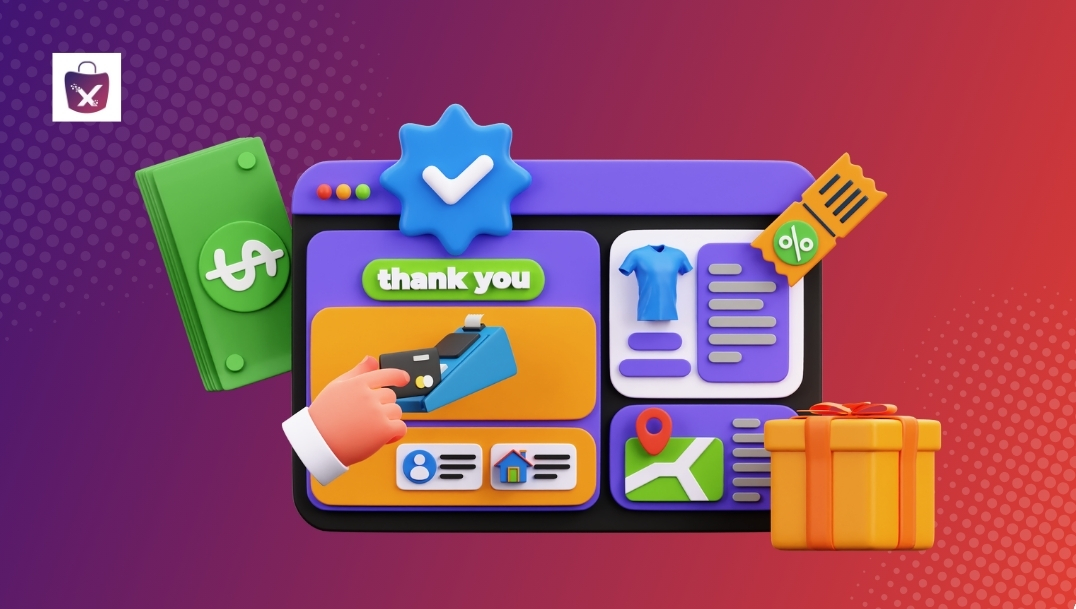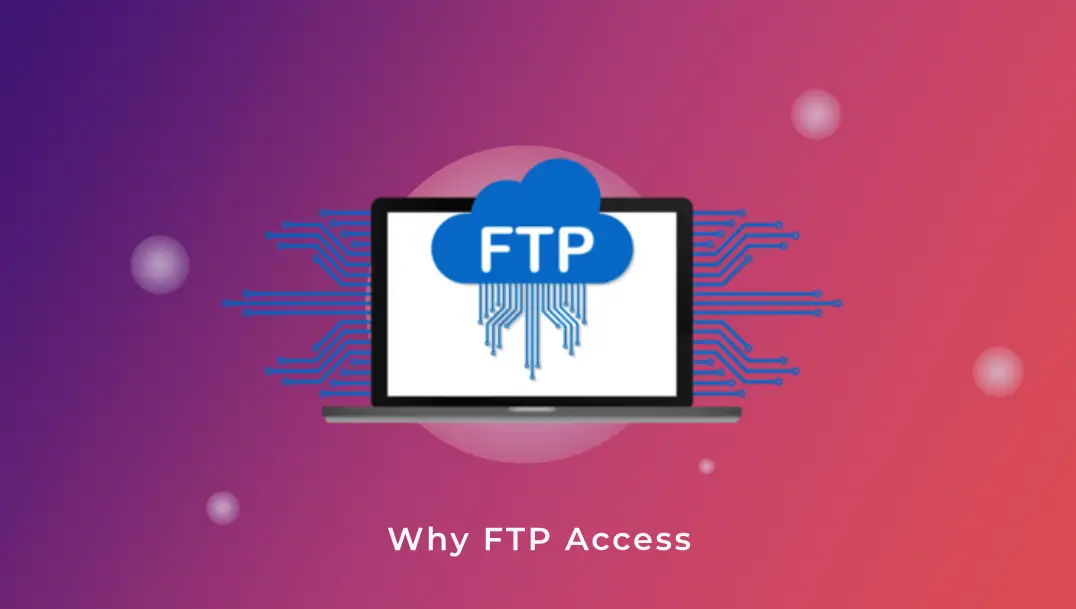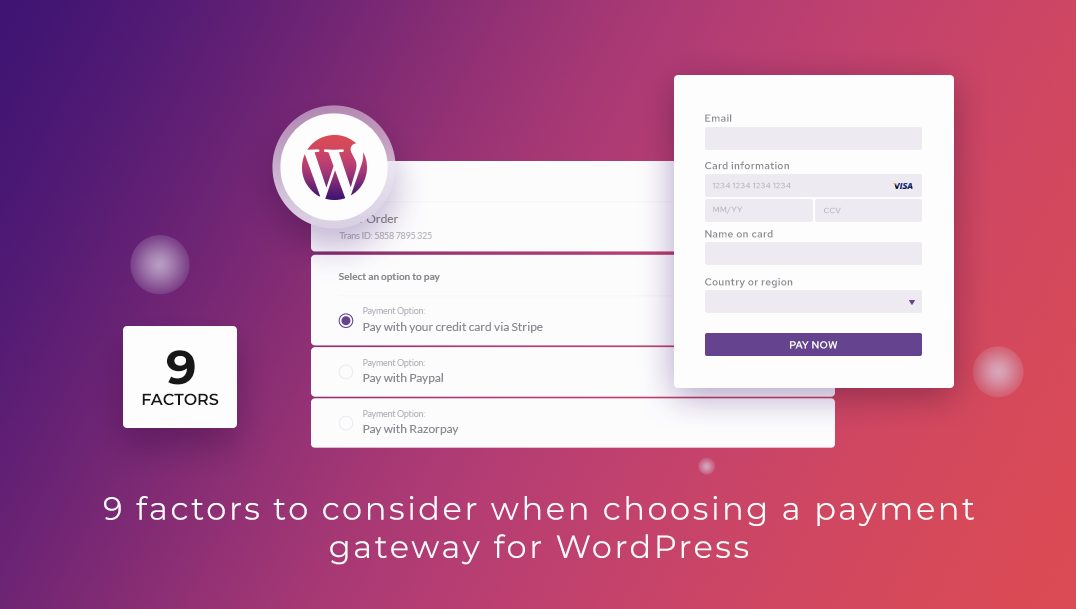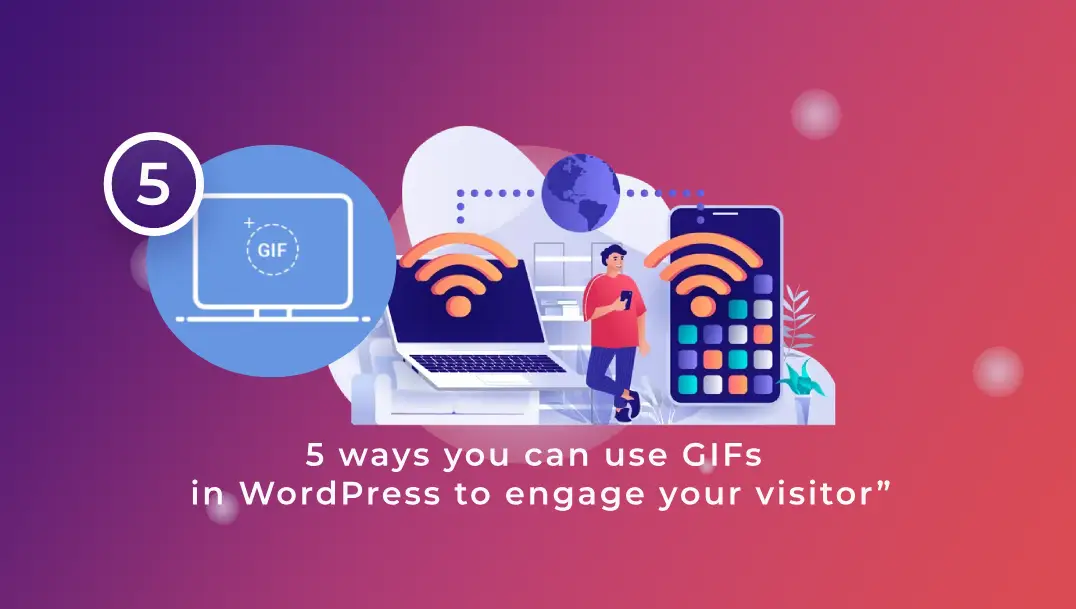According to a report by Internetretailer.com, online marketplaces are set to grow at a rate of 25% worldwide in 2015. Consumer seems to be increasingly migrating towards online marketplaces and as far as the current trends are concerned 38% of online shoppers in the US began their product searches on Amazon compared to 11% through search engines like Google. Another interesting piece of information is that
90% of online sellers in the US and UK sell through online marketplaces like Amazon. However, building a marketplace is no easy task. There are certain things you have to keep in mind before you leap into such a highly competitive environment. To say the least, it’s a minefield and it’d be a good idea to step lightly and avoid getting blown up.
-
The Chicken or the Egg Problem
This problem is best described by the following lines from platformed.info – “the technology has no value unless buyers and sellers are present and you can’t get the buyers on board unless you have sellers and you can’t bring in sellers without having buyers. Therefore, building a marketplace is a lot like building two separate companies simultaneously, each dependent on the other.”
The process is time-consuming to say the least. If you simply look at the example of
Wattpad, a community for readers and writers, it took
3 years to get to 300, 000 uploads after which it took them another 3 years to reach 10 million uploads. It’s not just enough to get the buyers and sellers even after you reach critical mass because transactions are essential for liquidity. Keep an eye on product categories which have the largest number of transactions and you can then use it as a metric to assess the performance of your marketplace.
What Can You Do? – You need to be patient, reassess and adjust your marketplace model to balance out the numbers if you don’t get early traction. Give incentives to your early users to be brand ambassadors of your site. Sometimes, the seller or the buyer community may require hand holding to ease things in while starting off at a new online marketplace. Etsy did it and look where that got them. They are currently the
largest marketplace in its category with 12.3 million listings.
-
System Transparency
I will start with an example – Uber has a rating system where the user rates the driver at the end of a ride. Since time is limited, users don’t want to sift through ratings and reviews all the time because it is expected the company will remove poorly rated drivers from their systems. As a result, you usually never see a driver with a rating below 3. This is what you’d call an actionable rating system, where you apply your user’s feedback to actually improve the marketplace experience.
A review system also builds transparency and this, in turn, will lend credibility to your marketplace. This way you can weed out non-performers and poor sellers and use the marketplace to foster a competitive environment among the remaining sellers. This can go a long way in improving order fulfillment rates and better product listings which in turn will promote goodwill and bring in more users.
What Can You Do? – A binary rating technique (Thumbs up/ Thumbs down) or a weighted scale rating system (5 star rating) combined with a comment review section can make an excellent tool. However, you need to note here that as far as a weighted rating system is concerned, there is ample room for abuse so unless you want your marketplace to slant a particular community (buyer or seller), it’s best to keep it simple with a regular star rating system. Comment reviews provide the most detailed and insight on a product whereas binary and scale ratings are more time efficient. There are some hybrid systems which use a combination of both or more to paint a more comprehensive picture for all parties involved. Amazon, for example uses both
the scale ratings and comment reviews for individual products, it uses the binary ratings to rate the user reviews.
-
Carefully Curated Content
According to Yoram Wurmser, an analyst with market research outfit eMarketer, “The future of e-commerce is curation, broadly defined, whether it’s by machine, experts or the crowd, ” He also adds “You can only show so many images before people move on, far fewer than they’ll review on a desktop. So it’s important to show the right products in that more limited attention span.” Basically, you have to provide appealing content at a very fast rate every day.
It is very important to have the best content for your marketplace, users visiting your marketplace want to find things at the earliest and have no time for objectionable content. Content curation fundamentally entails sifting through all the data that is generated, organize it and present it in a meaningful and relevant manner. Take Ebay for example – after losing ground to Amazon in 2007, they transitioned to a curated marketplace model which had a significant impact on the company’s turnaround in 2008-10.
What Can You Do? – To improve user experience, hire experts who can eliminate bad content and put up good content. You can also provide users with community tools to curate content and upgrade the search algorithm of your marketplace to draw on them. Airbnb is a prime example; while shady apartments may get listed, they are extremely hard to find. Generally, the best listings surface first as a result of both manual and algorithmic curation. You can also depend on techniques like collaborative filtering and web mining techniques like association rules to improve the effectiveness of your information systems and ensure that only the relevant information is presented to the end user.
-
User interface & Payment Interface
According to Jungpil Hahn at the University of Minnesota “Basically, an online marketplace is a Web application that acts as an intermediary between market participants (i.e., sellers and buyers). The design of such online markets should hence not only reflect how people transact but also how people interact with an IT-enabled virtual marketplace.”
An intuitive marketplace makes for better transaction and interaction. Visually attractive interfaces with mobile responsive apps are important reel in users and retain them. First thing first – you need to get the look and feel of your marketplace right. You can’t ignore the mobile space either because a majority of the users are millennials, who for the most part access ecommerce sites exclusively on their smartphones.
Payment interfaces are the next most important thing on the list and according to Matt Golis, CEO of Yapstone, “Successful online marketplaces know that the payment experience is integral to the entire trust equation because today’s consumer fully expects the marketplace to manage the payment process quickly, easily and securely. If the payment process breaks down anywhere along the way, then the consumer will move on to a new service.” The payment interface is a key element in the bigger machinery – from facilitating payments to storing user data like credit card details; it’s something you should take the time to build well. Building trust among users by offering seamless transactions will help in the long term growth of your marketplace.
What Can You Do? – Focus on developing a user-friendly and intuitive design, a responsive mobile app for easy transition among platforms. Include features such as one-click payment. Amazon scaled up its annual revenue by an estimated $ 2.4 billion a year after introducing the feature. Use a reliable and secure payment solutions provider to integrate the payment interface of your marketplace.
In conclusion, if you want to build a good marketplace, take things slow. Gather your resources, brainstorm and then get to work! Get your basics right, in today’s competitive world – you can’t afford easy mistakes. All the minefields listed above can create problems to incorporate their solutions in your marketplace. So, when embarking on a marketplace, entrepreneurs need to think small and big at the same time. You should ask yourself: Can I create an incredible experience for a specific set of customers and can this scale to become a big platform over time?




